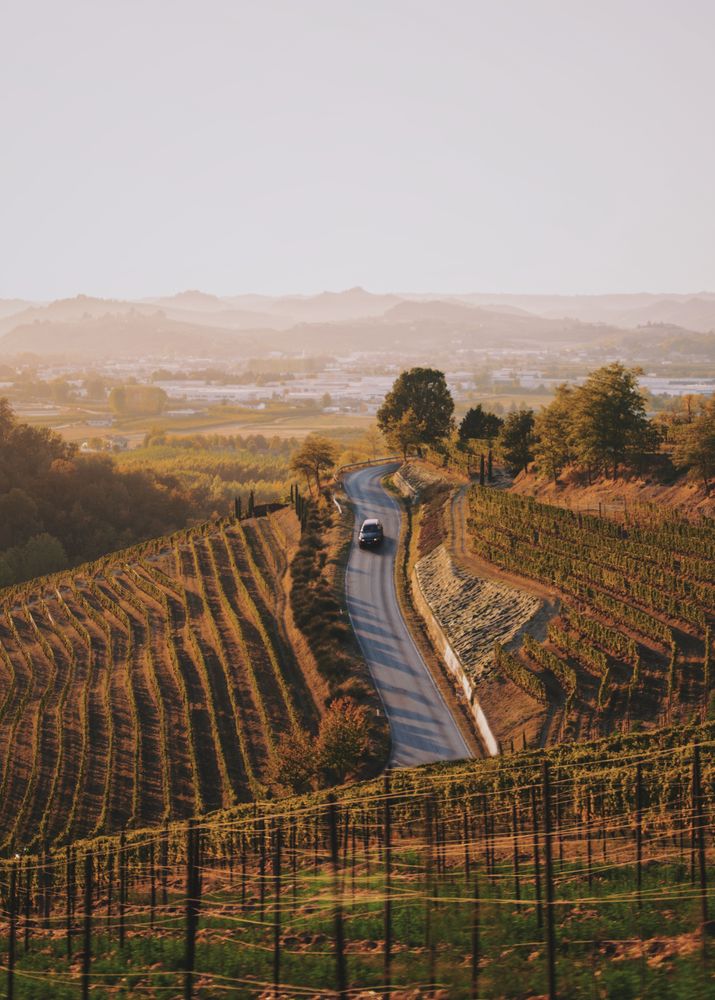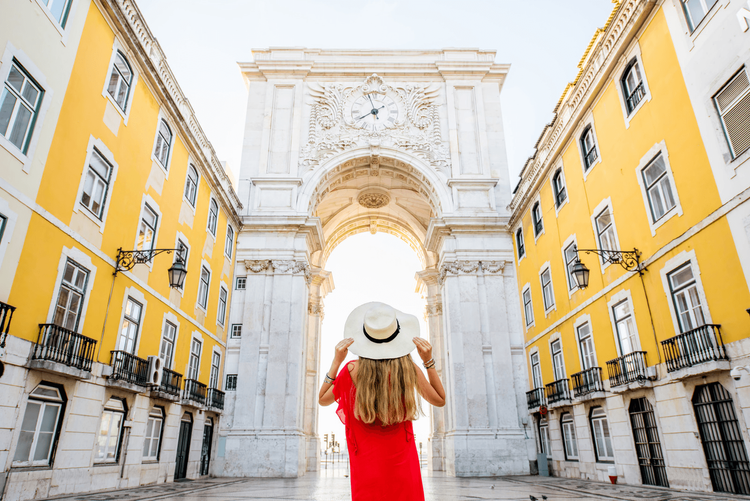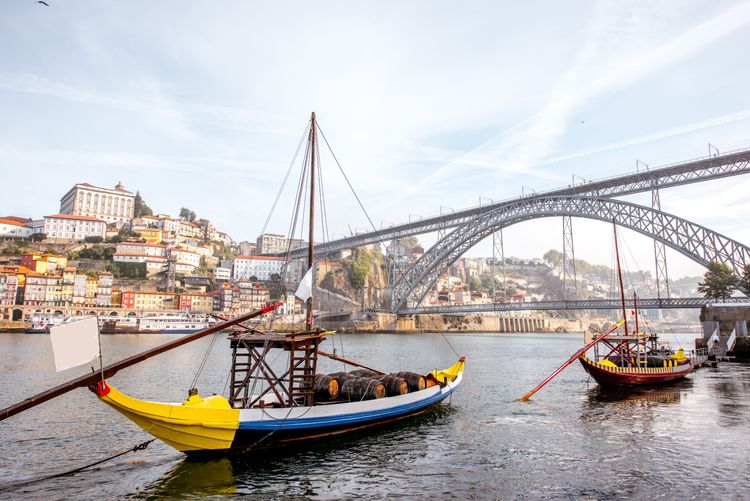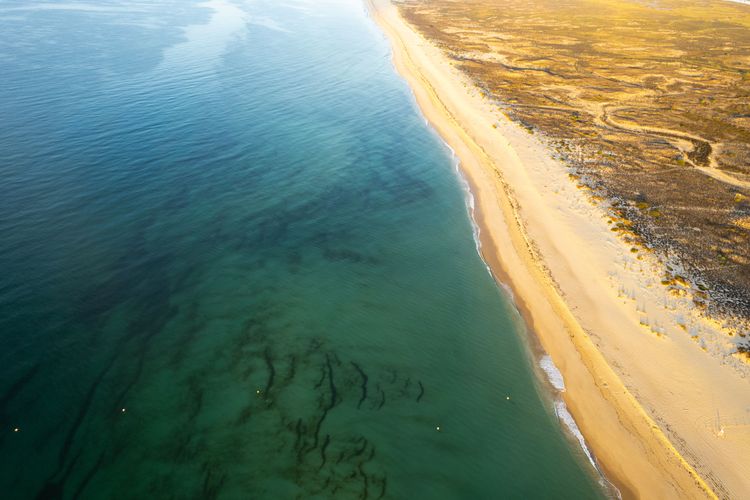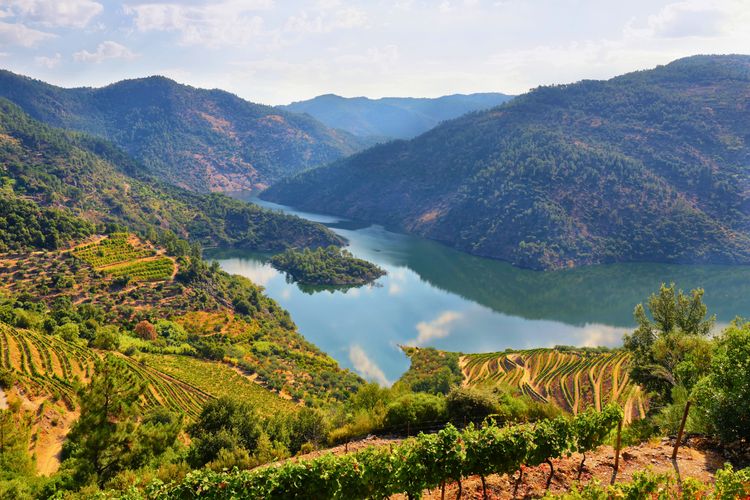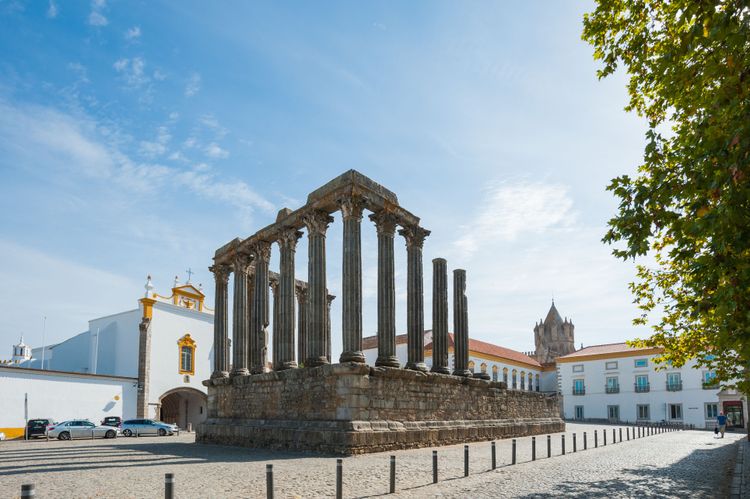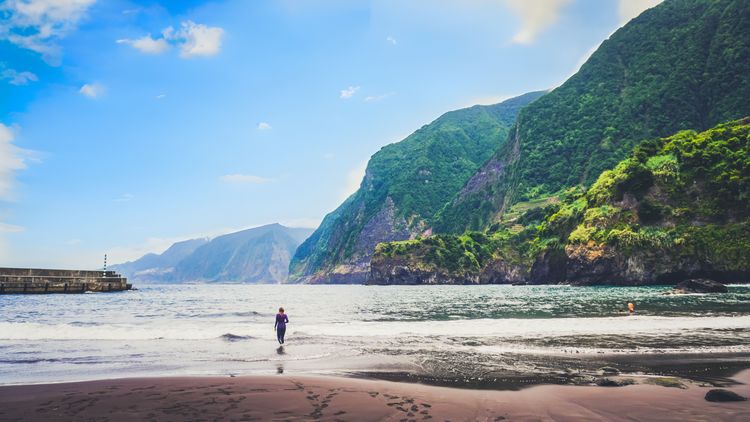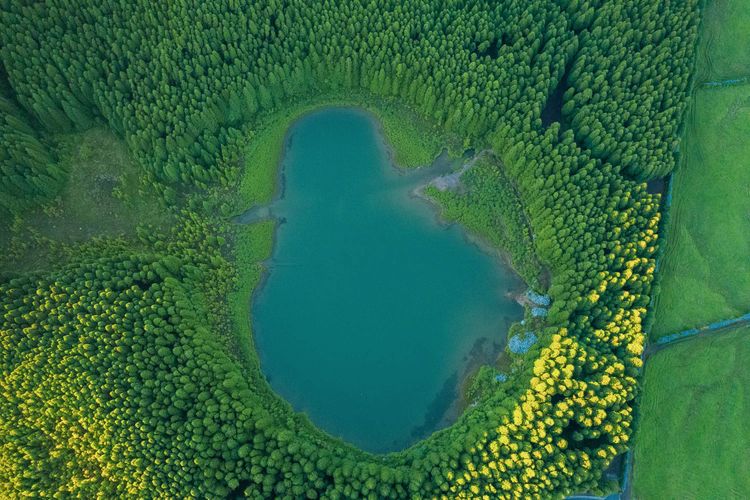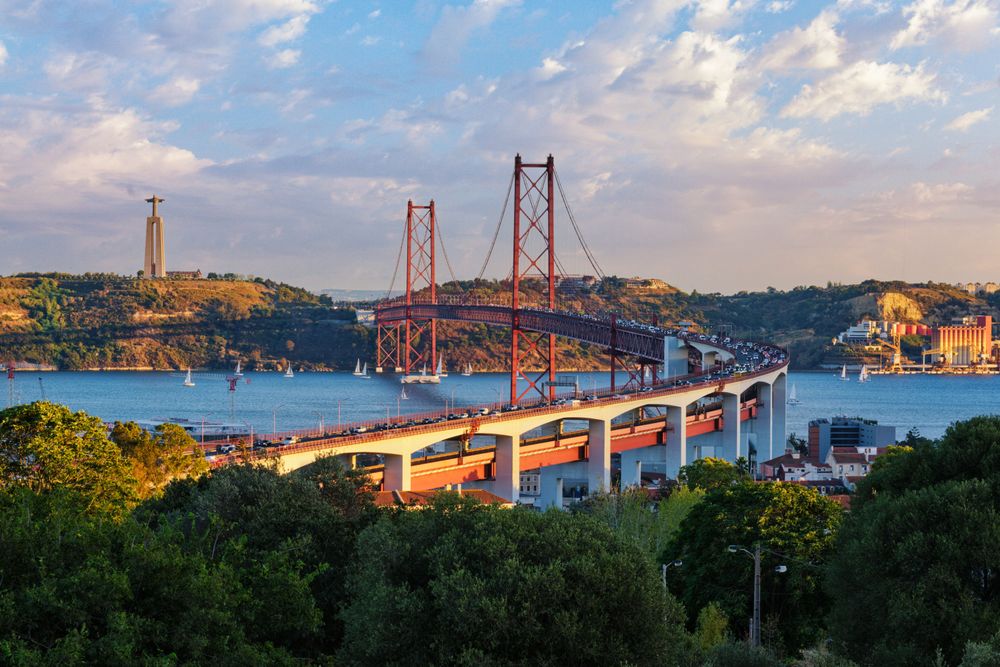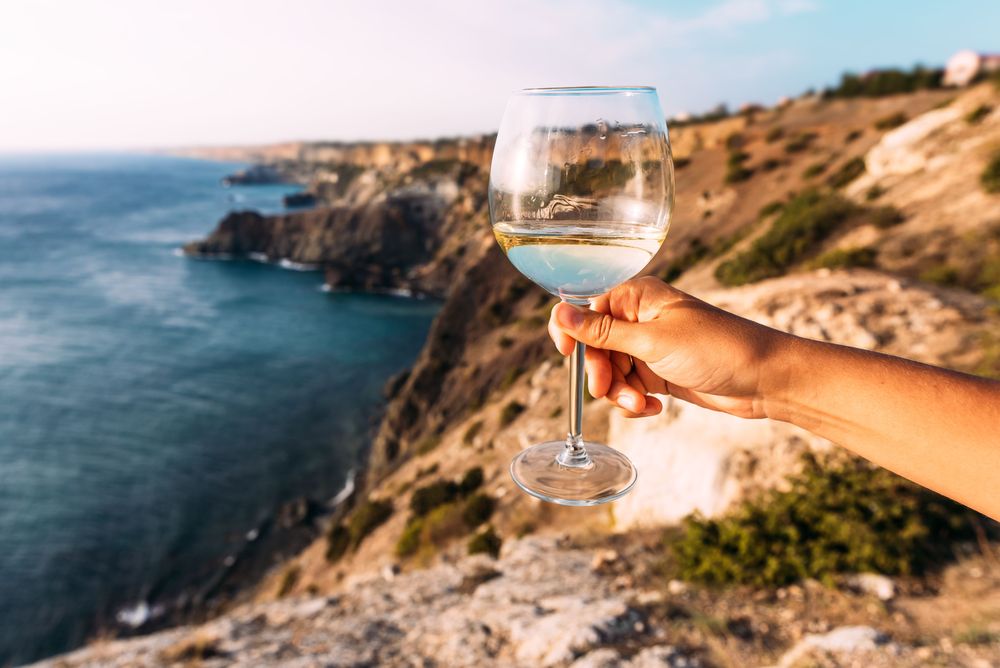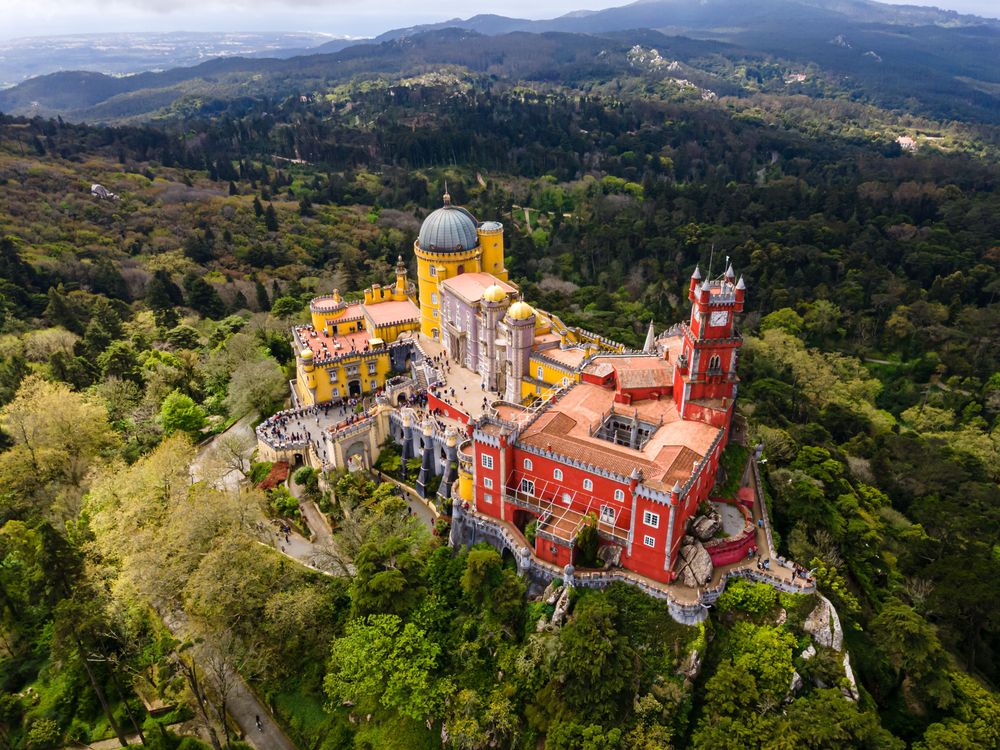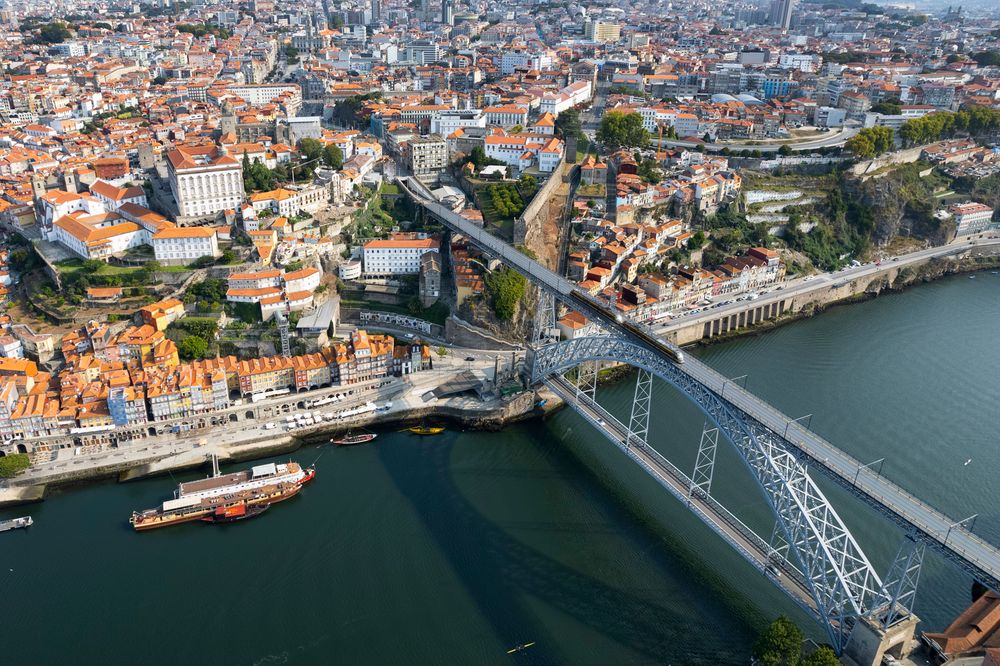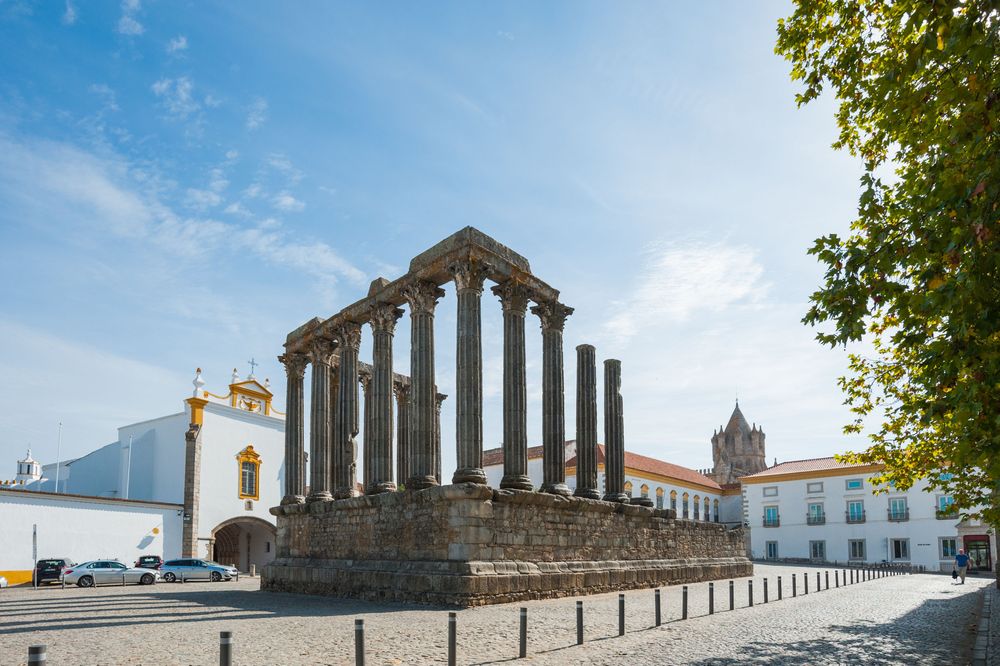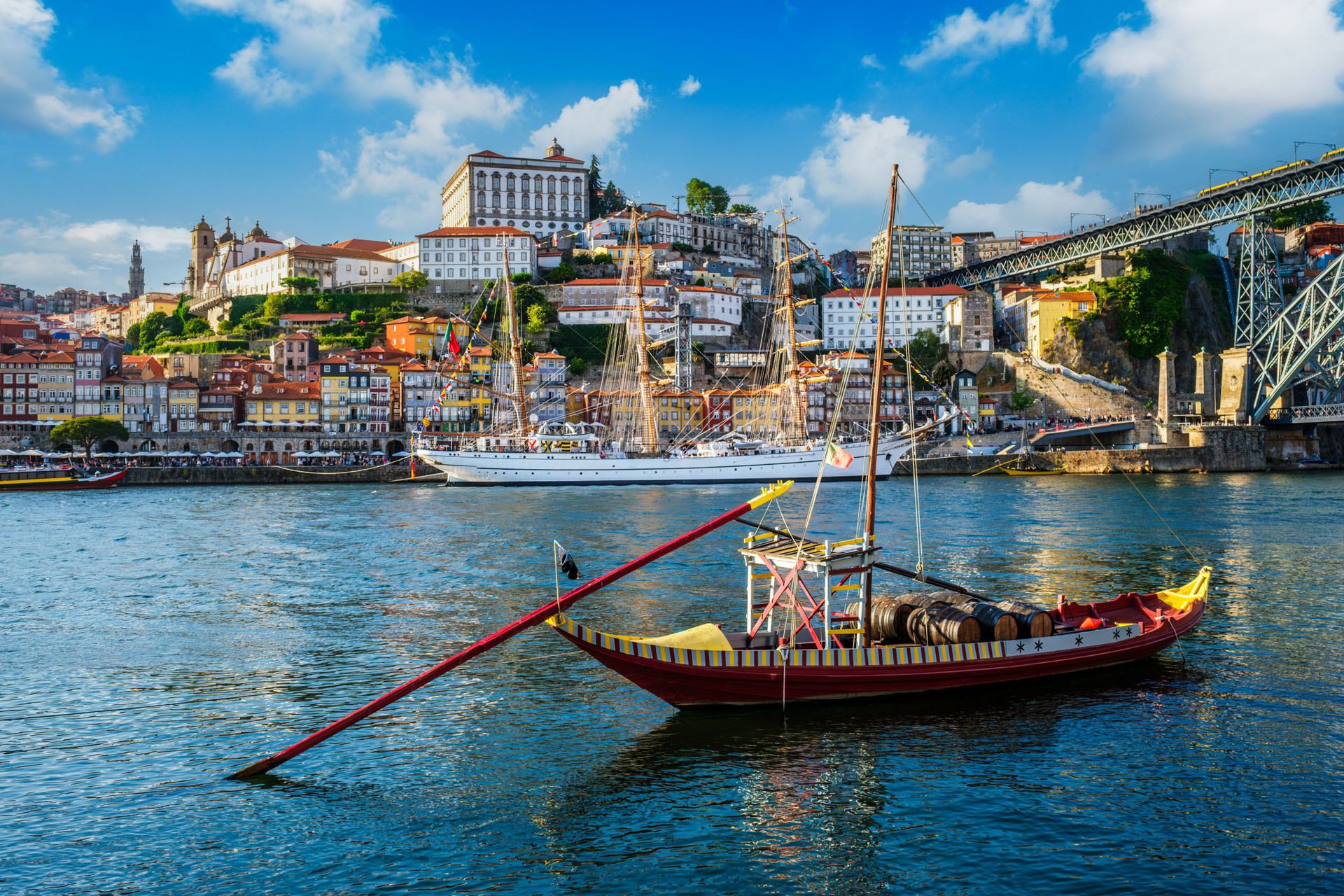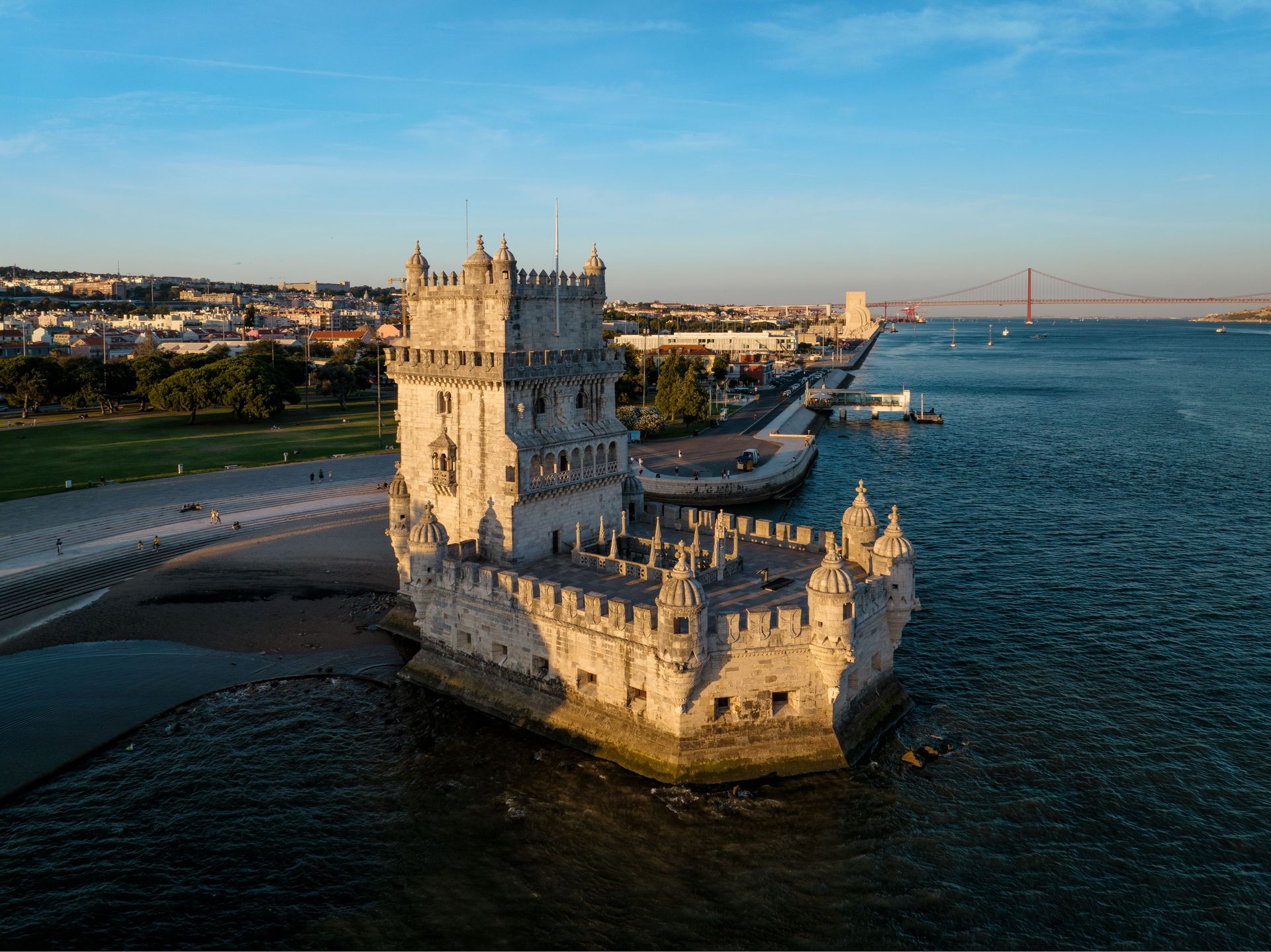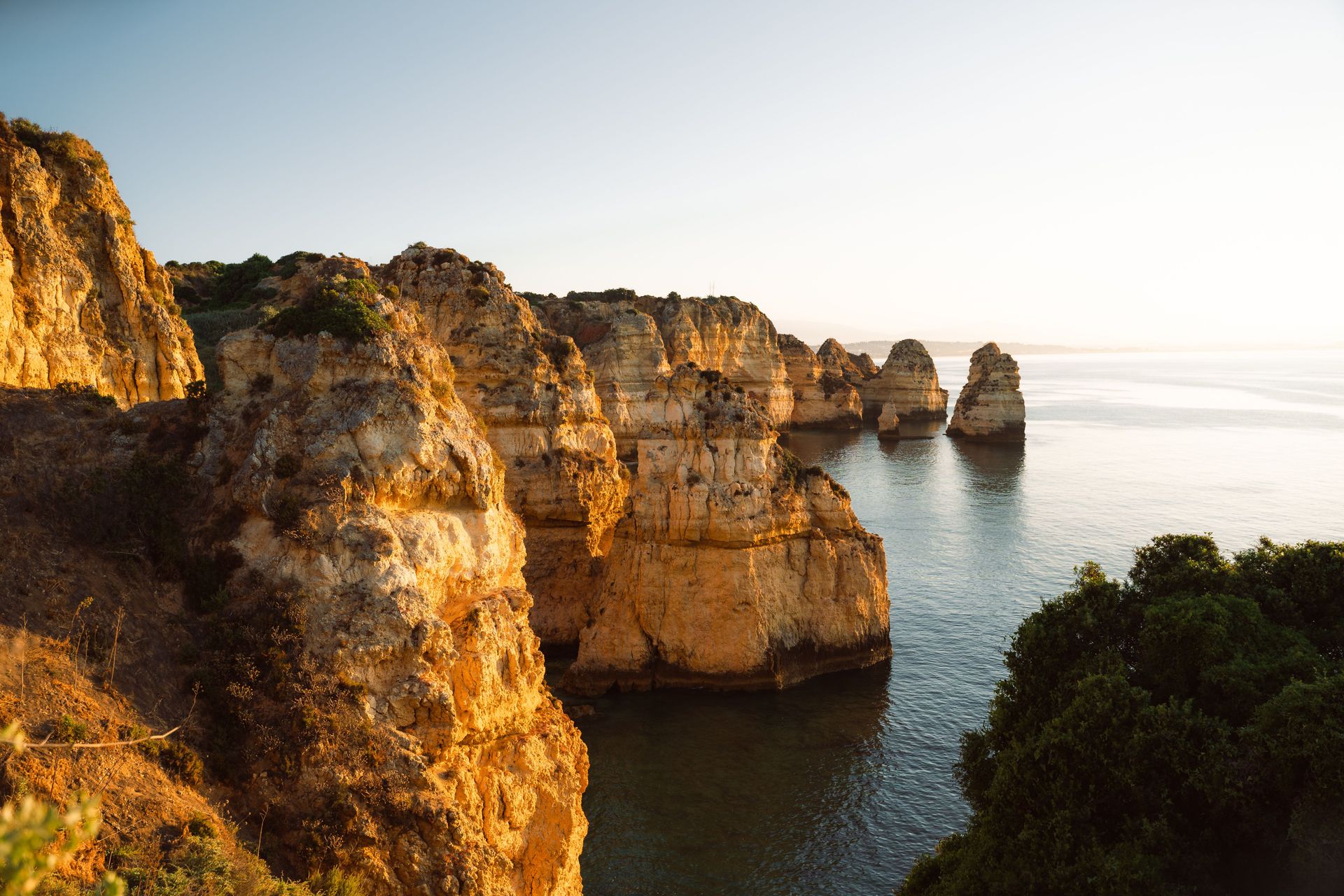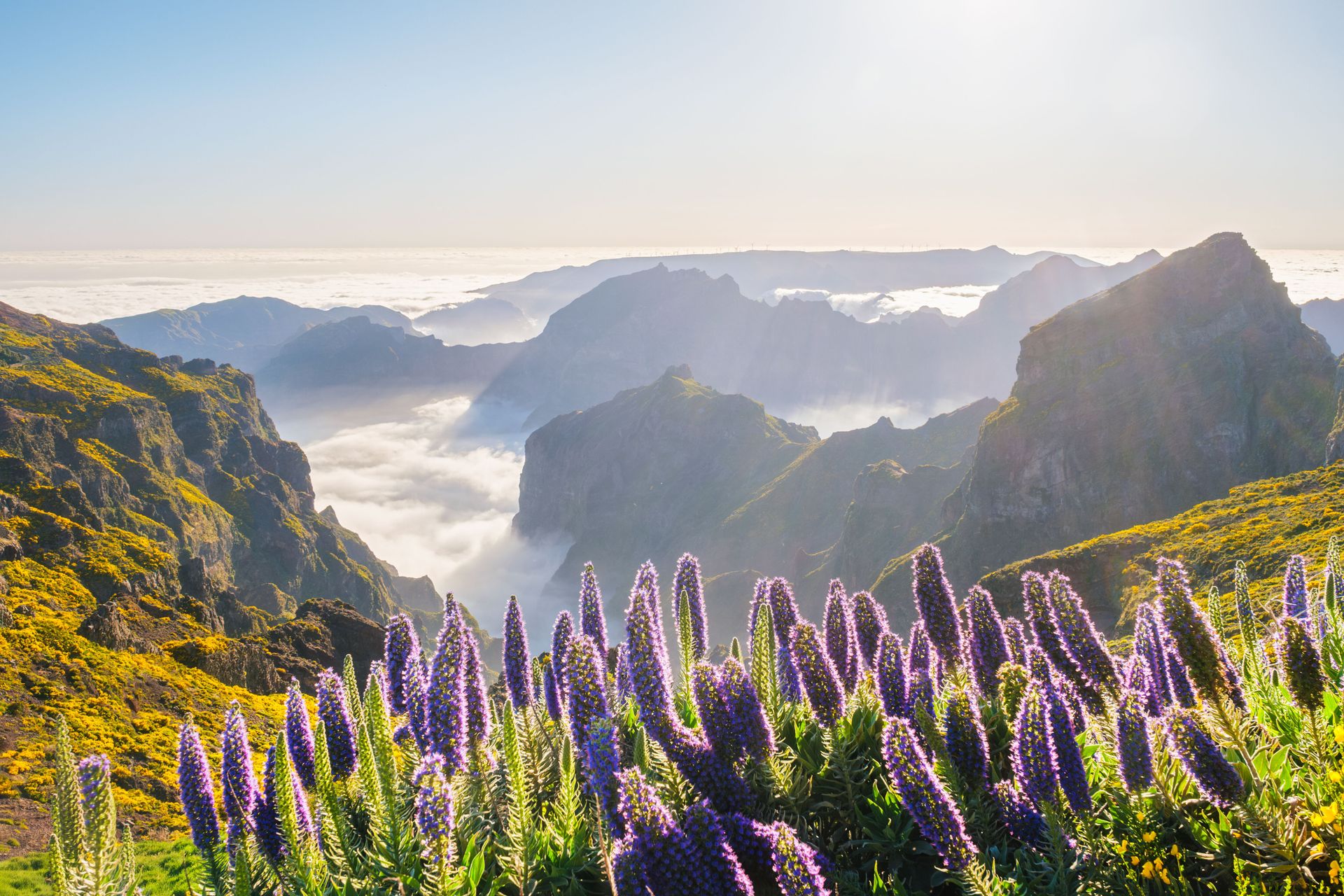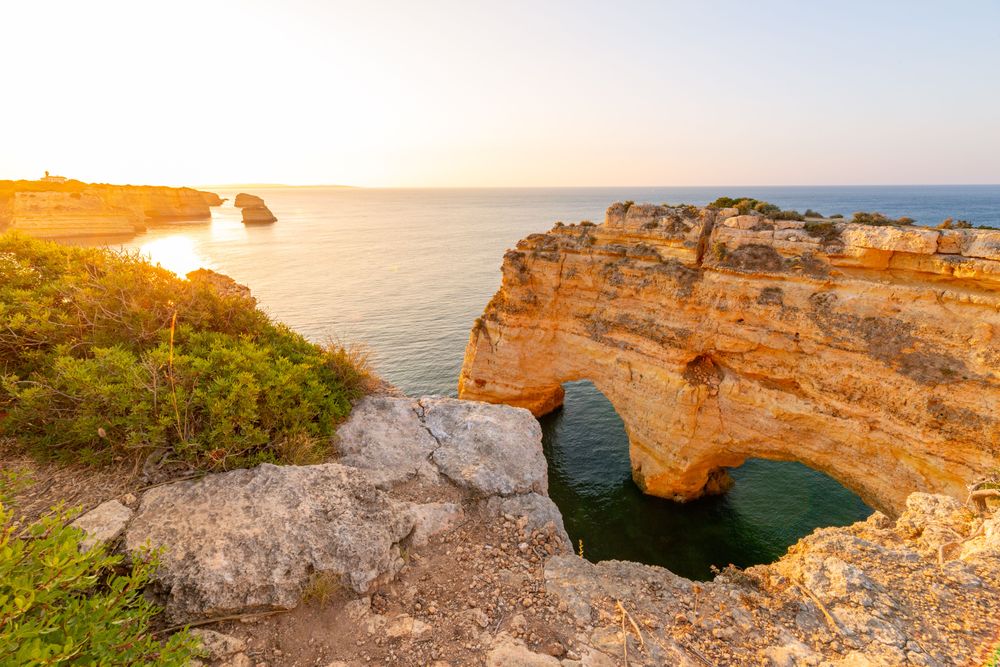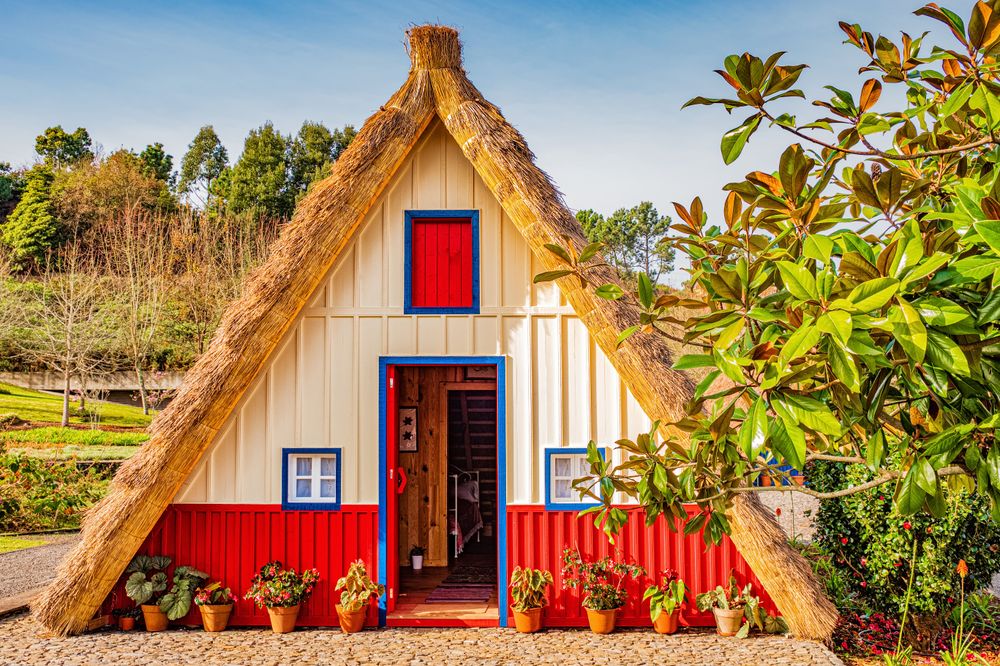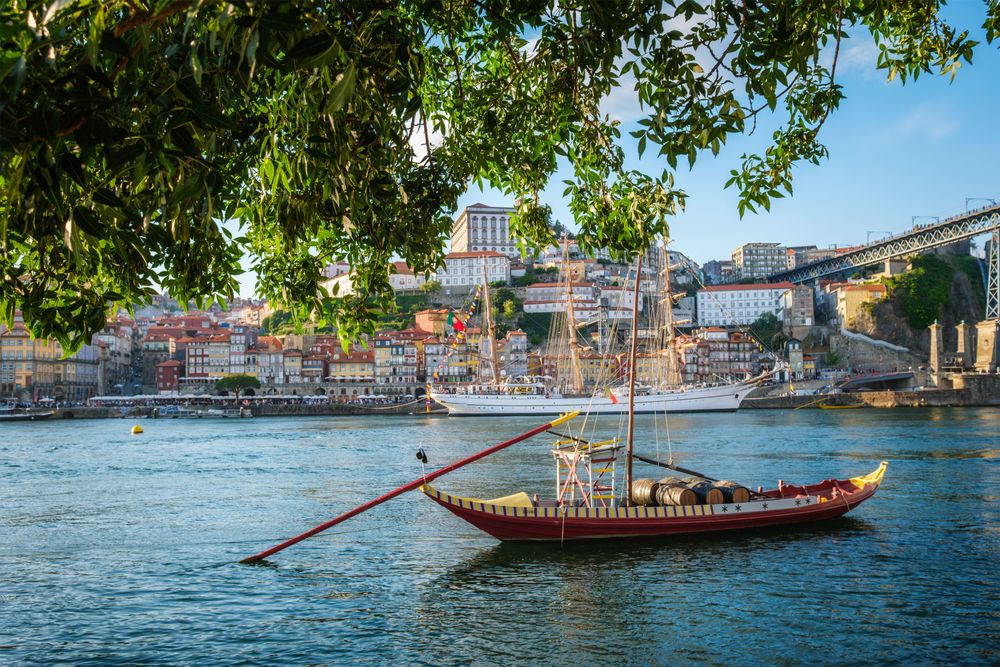
2025 Portugal Best-Selling Trips
The journeys that thousands of travelers will remember from 2025.
Book Ahead for 2026
Secure your 2026 Portugal vacation with early-bird deals.
Get Your Free Algarve Travel Guide!
Fast, Free & Filled With the Insights Our Experts Use Every Day

Portugal Tour Packages — The Easy Way
From guided tours to independent adventures, find what suits you.
Stop Scrolling. We’ll Plan Your Trip—Fast.
Your Portugal, tailored to YOU — local experts, full service, clear pricing.
Trusted by Travelers, Crafted by Experts
Don't just take our word for it—see what travelers are saying about their Portugal Getaways experience
Local Knowledge, Real Connections
Our Portuguese team knows every corner of the country and connects you with local experiences and authentic culture beyond the tourist path.
Stress-Free, From Start to Finish
We arrange your flights, hotels, transfers, car rentals, and experiences so you can simply arrive and enjoy Portugal.
Support Whenever You Need It
Our local team is here 7 days a week to assist you before, during, and after your trip.
Tailor-Made Portugal, Just for You
From coast to countryside, cuisine to culture, every detail is designed around your interests for an unforgettable trip.
Portugal Road Trips — Curated Routes, Total Freedom
Self-drive journeys designed for discovery.
Get the Best of Portugal First
Become a member and unlock exclusive Portugal travel discounts year-round.
Discover Your Portugal Travel Style
Your perfect Portugal vacation starts here
Find Your Portugal Escape
We’ll take you anywhere in Portugal like no one else can
Your Portugal Travel Inspiration
Expert Portugal travel tips for Madeira, Porto, the Algarve & beyond
Peace of Mind
When booking a trip with us, you don’t just get our local experts' support and a superb travel experience, you also get the guarantee of full flexibility on our end. We know plans can change, and when that’s the case, we’re here to help!
What Our Travelers Say
Authentic Experiences, Real Stories
